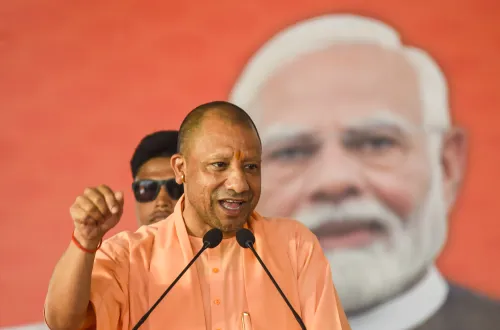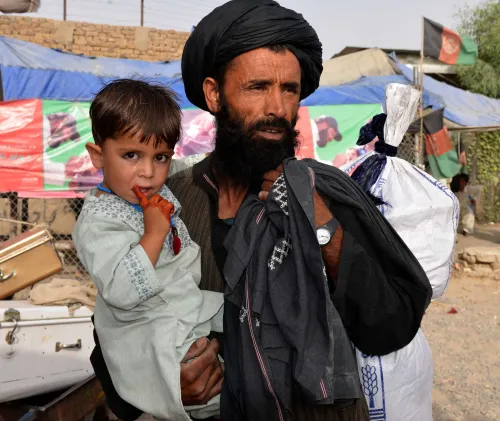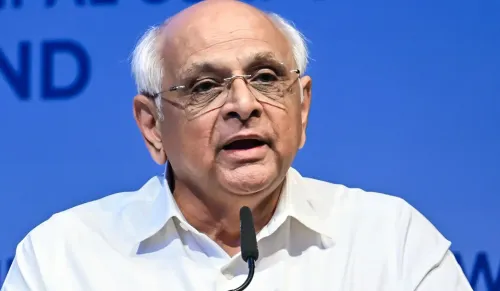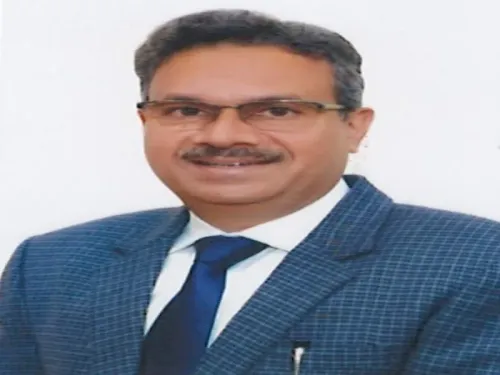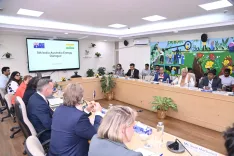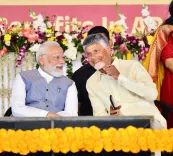How is the Agriculture Ministry Enhancing Flexibility for States in Drip and Sprinkler Irrigation?
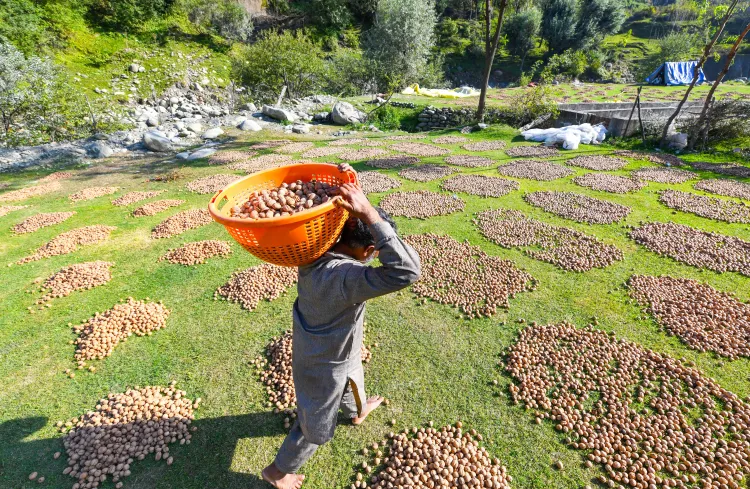
Synopsis
Key Takeaways
- Increased flexibility for states under the PDMC scheme.
- Focus on efficient water use to boost farmer income.
- Financial assistance rates of 55% for small farmers and 45% for others.
- Encouragement of micro irrigation systems for sustainable farming.
- Eligibility for subsidies can be renewed every seven years.
New Delhi, Oct 16 (NationPress) In a bid to promote efficient water usage and enhance farmer income, the Department of Agriculture and Farmers Welfare has rolled out increased flexibility under the Per Drop More Crop (PDMC) scheme. This new initiative allows states to surpass spending limits previously imposed on projects under this program, as stated by an official on Thursday.
Previously, the allocation for these activities was capped at 20 percent of the total funds for each State/UT and 40 percent for North Eastern States, Himalayan States, and the Union Territories of Jammu and Kashmir and Ladakh. However, states and Union Territories can now adjust their spending limits according to their specific needs.
According to a Ministry document, the Department of Agriculture and Farmers Welfare has been implementing the Centrally-Sponsored Scheme of Per Drop More Crop (PDMC) from the fiscal year 2015-16 to 2021-22 as part of the Pradhan Mantri Krishi Sinchayee Yojana (PMKSY).
From 2022-23 onwards, the scheme is being executed under the Pradhan Mantri Rashtriya Krishi Vikas Yojana (PM-RKVY). This scheme aims to improve water use efficiency at the farm level through micro irrigation, specifically drip and sprinkler systems.
This initiative empowers States and Union Territories to implement micro-level water storage and conservation projects as part of “Other Interventions” (OI).
Under the new guidelines, states and UTs can now strategize micro-level water management activities, such as diggi construction and water harvesting systems, tailored to local needs.
“These systems can be developed for individual farmers as well as for community use, ensuring sustainable water availability for micro-irrigation,” the statement added.
Under this scheme, financial assistance is offered at a rate of 55 percent for small and marginal farmers and 45 percent for other farmers for the installation of micro irrigation systems, as per a Ministry document.
Moreover, certain states are providing additional incentives or top-up subsidies to encourage farmers to adopt micro irrigation. The financial support is available to beneficiaries for up to 5 hectares (ha) of land. After seven years, beneficiaries can qualify for the subsidy again for the same land, as stated.
According to official data, a total of 102.56 lakh ha has been covered under Micro Irrigation through PDMC from 2015-16 to 2025-26 (July 22, 2025).

